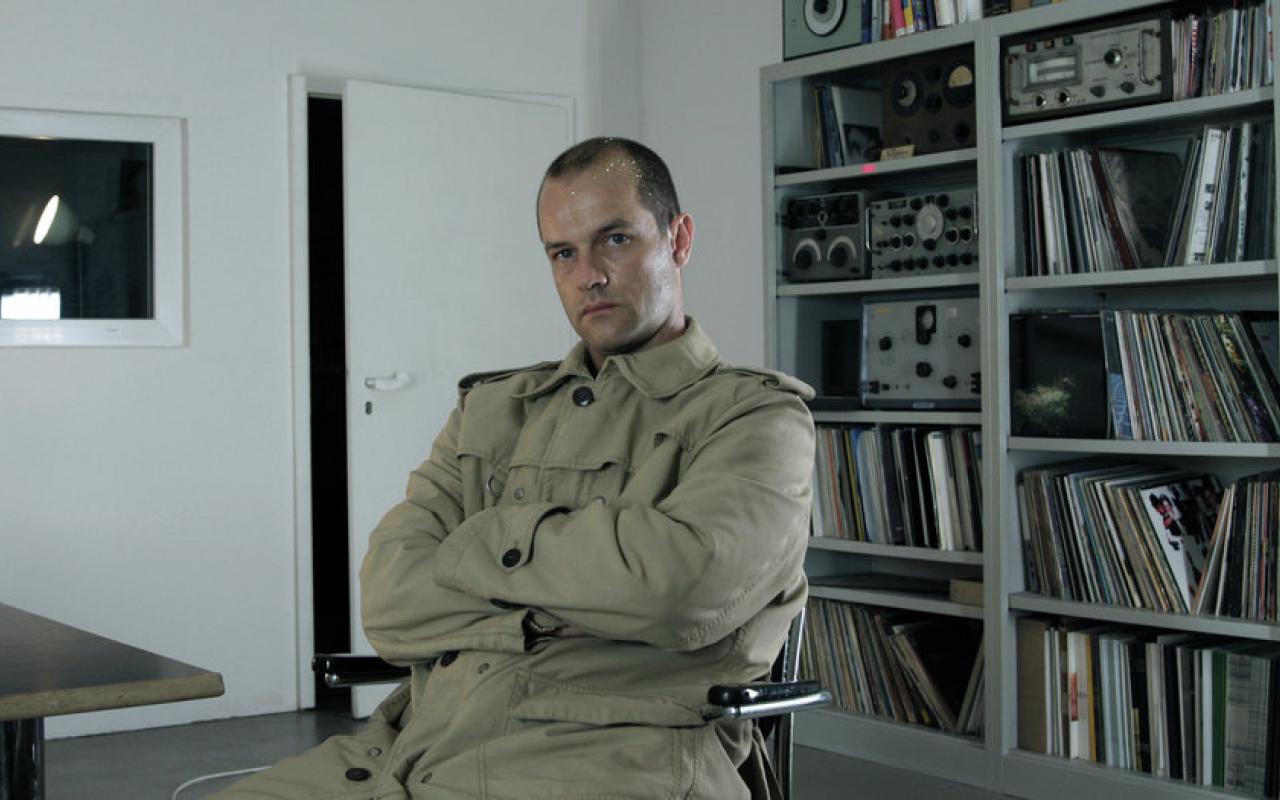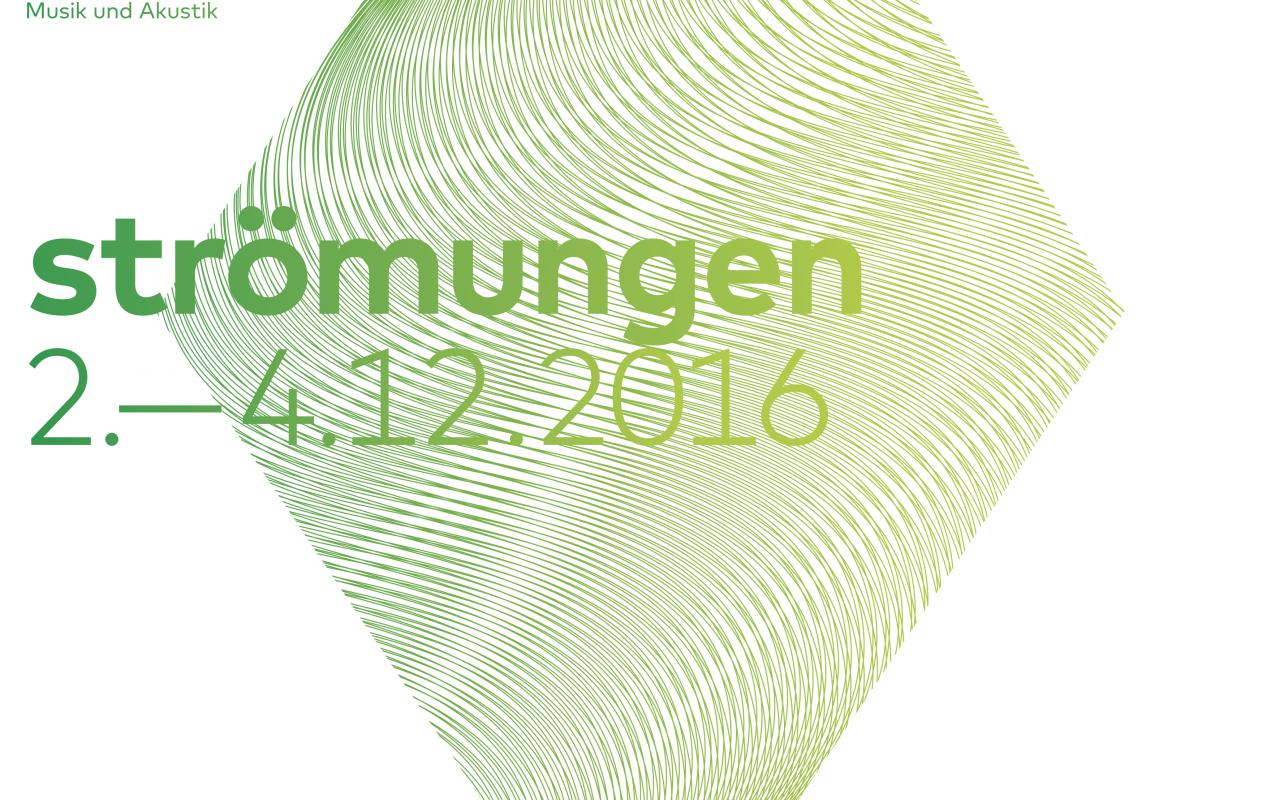
Artistic sonifications by Ricardo Climent, Alexandre Rodrigues, Marcus Schmickler and Ludger Brümmer will be presented in this concert.
Programme
Ricardo Climent »Oxidising the spectrum« (2004), Fixed Media
Marcus Schmickler »Bonner Durchmusterung« (2009), Fixed Media
Alexandre Rodrigues »Klänge des Wassers« (2016), Fixed Media
Ludger Brümmer »Spin« (2014), Fixed Media
Ricardo Climent »Oxidising the spectrum« (2004), Fixed Media
»Oxidising the spectrum« (2004) is an interdisciplinary collaboration between composer Ricardo Climent and chemical engineer Quan Gan, who trained him for year in his chemistry laboratory at Queens University of Belfast. The piece explores the possibilities of Microbial electrochemistry in the compositional environment, while reinventing the chemistry laboratory as a musical instrument. The system generates electricity for musical mapping via biological patterns from Microbial Fuel Cells. It includes five families of microbial cultures (the Microbial Ensemble), which behave as a musical quintet. Compositionally, the manipulation of live organisms seeks to »re-engineer the process of sonification« by reconstructing electrical patterns that are sonically tested. After being trained by Dr. Gan for a year at the chemistry laboratory at Queens University of Belfast, Climent constructed the Interactive system and the piece. This version presented at the ZKM’s sonification symposium is a bio-simulator created in Unreal Game Engine 4. The project was supported by ACNI and Belfast City Council.
Marcus Schmickler »Bonner Durchmusterung« (2009), Fixed Media
Sonified Data of Astrophysical Objects.
1. »Reionization / Dark Ages«
2. »Solar eruptions«
3. »Eccentricity of the elliptical orbits of our solar system«
4. »Historical maps of the cosmic background radiation«
5. »The Bonn patternization«
6. »Gravitation models«
7. »Pulsars / neutron stars«
8. »Expansion / redshift / dark matter / dark energy«
9. »Gamma ray bursts«
10. »Quantum spectrums / multi-dimensionality«
Alexandre Rodrigues »Klänge des Wassers« (2016), Fixed Media
This piece originates from a sonic interpretation of point-velocities from the motion of contained water reacting to an introduction of a volume of water by a pump as virtually modeled by BAW (Bundesanstalt für Wasserbau). The sonification involved various contrasting artistic representations of these velocity values and their position to create a scientifically rigorous, yet, artistically sensible sonification. The presented piece uses these sonic representations as raw materials to construct a composition that embodies the fluidity as well as the turbulence of the motions of water.
Ludger Brümmer »Spin« (2014), Fixed Media
After working with Granular Synthesis and Physical Modells I became interested in a sound quality that was more or less already present in all of the used techniques: Noise. The sounds I have used in this work started with digital noise. This sound were video or data files which were read as raw data into a sound editor, than modified so that the information structure inside the video file became audible. Of course I was looking for files with quite some periodical information in it so that this could be interpreted as a more or less pitched or repetitive sound quality.
After modifying these sounds they were cross composed with other algorithmic structures I have created before. This process resulted in different more or less noisy sounds ranging from hiss to some »dirty« timbres. In conjunction with some samples of string instruments and modified voices I created the narrative form of Spin with the intention to generate an experience of noise. The sound structure were mixed and separated again for the 32 channel spatial version of the work which is on this recording reduced to stereo. It was the aim to make the dense structure mix
happening in the concert space through a cluster of speakers while they were moving. This enables the listener to experience a world of sound containing a perspective perception, auditive focussing inside an individual scenario and many other features. Of course the stereo can only reproduce fractions of this but it gives still a good hint of the potential of the work.
